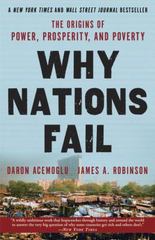Question
Algebraic treatment of taxes and fiscal policy Consider a small country that is closed to trade, so its net exports are equal to zero. The
Algebraic treatment of taxes and fiscal policy
Consider a small country that is closed to trade, so its net exports are equal to zero. The following equations describe the economy of this country in billions of dollars, where Yis real GDP, Cis consumption, DIis disposable income, Iis an investment, and Gis government purchases:
Y | == | C+I+G |
C | == | 100+0.75DI |
G | == | 50 |
I | == | 80 |
Assume that this economy initially has a fixed tax and that net taxes (taxes minus transfer payments) are $40 billion. Disposable income is then (Y40)Y40. Aggregate output demanded is__________________.
Suppose the government decides to increase spending by $10 billion without raising taxes. Because the expenditure multiplier is______________ , this will increase the economy's aggregate output demanded by _________________ .
Now suppose that the government switches to an income tax, which is a type of variable tax, of 5%. Because consumers retain only 95% of each additional dollar of income, disposable income is now 0.95Y0.95Y. In this case, the economy's aggregate output demanded is ___________________ .
Given an income tax of 5%, the expenditure multiplier is approximately _____________ . Therefore, if the government decides to increase spending by $10 billion without raising tax rates, this would increase the economy's aggregate output demanded by approximately ___________________ .
A $10 billion increase in government purchases will have a larger effect on output under a __________________(FIXED TAX OF $40 BILLION / VARIABLE TAX OF 5%) .
Step by Step Solution
There are 3 Steps involved in it
Step: 1

Get Instant Access to Expert-Tailored Solutions
See step-by-step solutions with expert insights and AI powered tools for academic success
Step: 2

Step: 3

Ace Your Homework with AI
Get the answers you need in no time with our AI-driven, step-by-step assistance
Get Started


